Shimon is honored to have been selected as one of 22 members of the 2019 class of Packard Fellows for Science and Engineering. The fellowship, awarded to early-career scientists from across the U.S., provides $875,000 of funding over five years, which will help support the Kolkowitz Lab’s research into using optical atomic clocks to perform tests of relativity and search for new physics. You can read a bit more about the award and our research plans in this press release.
Lab News
One isotope, two isotopes, three isotopes, four…
In the video linked to below, we trap and cool all four stable isotopes of strontium (88, 87, 86, and finally 84) in quick succession. (The delay between isotopes is purely for the purposes of the video, and can be shortened considerably.)
Video of loading strontium isotopes
This capability will allow us to perform precision differential measurements of the isotope shifts of the strontium clock transition, and will also enable the use of both the bosonic 88-Sr and fermionic 87-Sr isotopes to characterize clock systematics in our apparatus.
Kolkowitz lab awarded NIST Precision Measurement Grant!
We are honored to have been awarded a Precision Measurement Grant from the National Institute of Standards and Technology (NIST) to support our research on performing new tests of relativity in the lab with our strontium optical lattice clock.
The Kolkowitz lab becomes the (second) coldest place in Wisconsin!
Congratulations to Xin, Megan, Brett, Kelsey, and Haoran, who successfully trapped strontium in a magneto-optical trap for the first time on Monday evening, making the center of our UHV chamber the second* coldest place in Wisconsin! In the picture below, the glowing blue ball at the center of the round vacuum window is a cloud of strontium-88 atoms cooled to ~1/1000th of a degree above absolute zero using laser cooling, and held levitating in place by a combination of laser light and large magnetic field gradients.
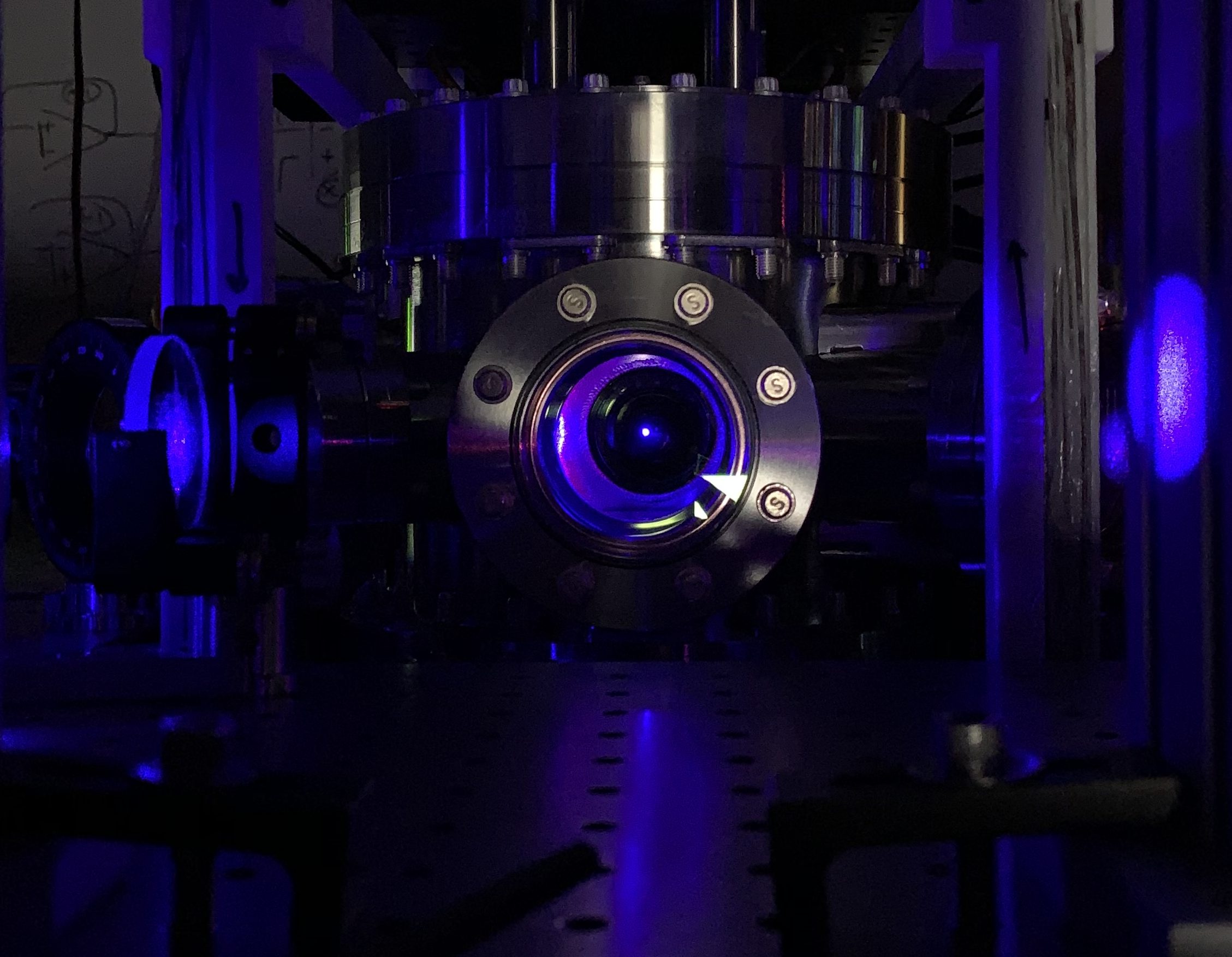
This represents a major milestone along the way towards our goal of building a new kind of optical lattice atomic clock that we will use to perform tests of fundamental physics, develop new applications of ultra-precise optical clocks, and explore novel ways to further enhance the performance of these remarkable instruments.
*In case you’re wondering, the coldest place in Wisconsin is currently right down the hall from us in Mark Saffman’s labs, where his rubidium and cesium atoms are laser-cooled to even lower temperatures. But we’re hot (or is it cold…?) on their heals, and will most likely overtake them as the record holders once we implement a second stage of narrow-line laser cooling. We can also hold our heads high and stake our place in history as the first group to laser cool and trap strontium atoms (or for that matter any alkaline-earth or alkaline-earth-like atom) in Wisconsin.
Kolkowitz lab awarded DOE Quantum Science grant!
The Kolkowitz lab, along with several other collaborating quantum science researchers at the University of Wisconsin – Madison and Lawrence Livermore National Lab, has been awarded a three year US Department of Energy (DOE) Materials and Chemistry Research in Quantum Information Science grant to study the origins of decoherence in solid-state quantum platforms. You can read a bit more about the project here.
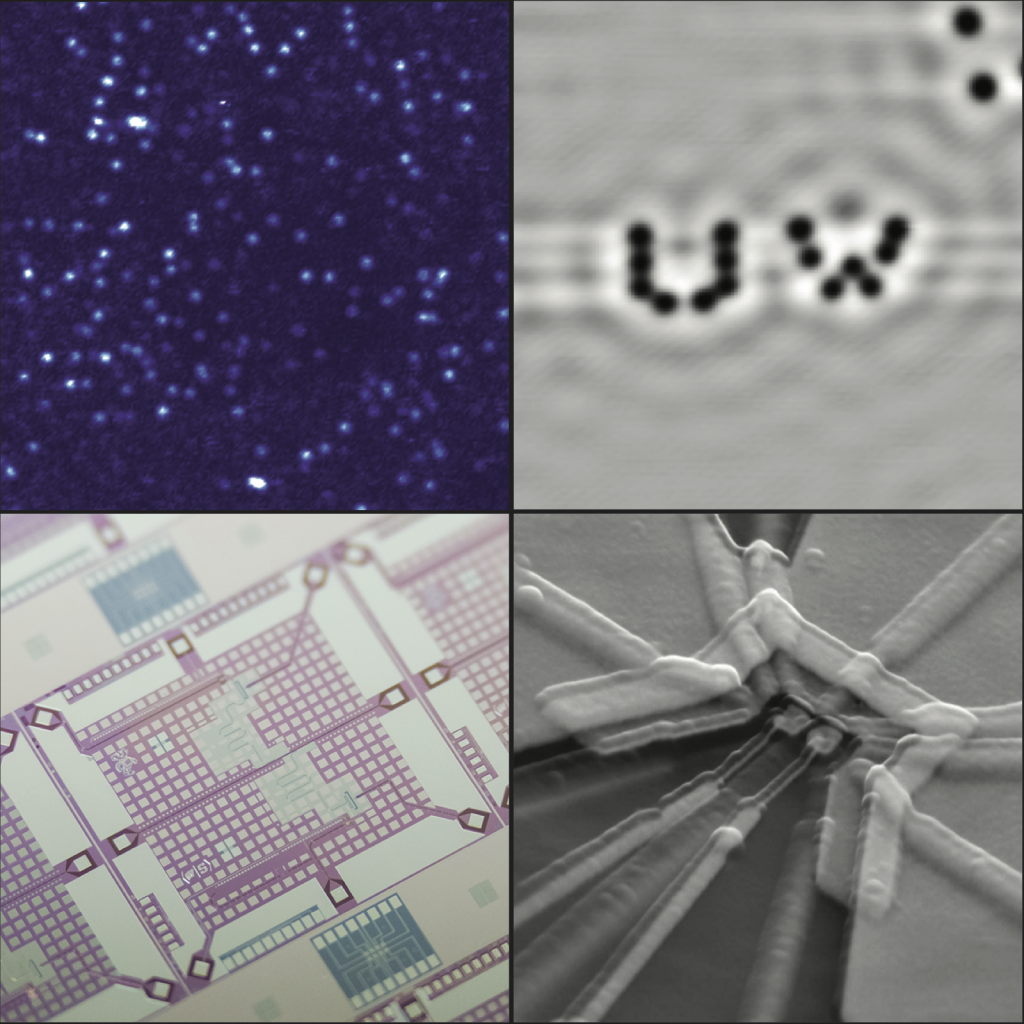
Strontium science chamber ultra-high-vacuum bakeout completed!
The science chamber for the strontium optical lattice clock high-temperature bakeout is now officially over, and we have achieved a vacuum of ~2e-12 Torr! We except this to give us background-gas-limited strontium atom lifetimes of >100 seconds in our chamber.
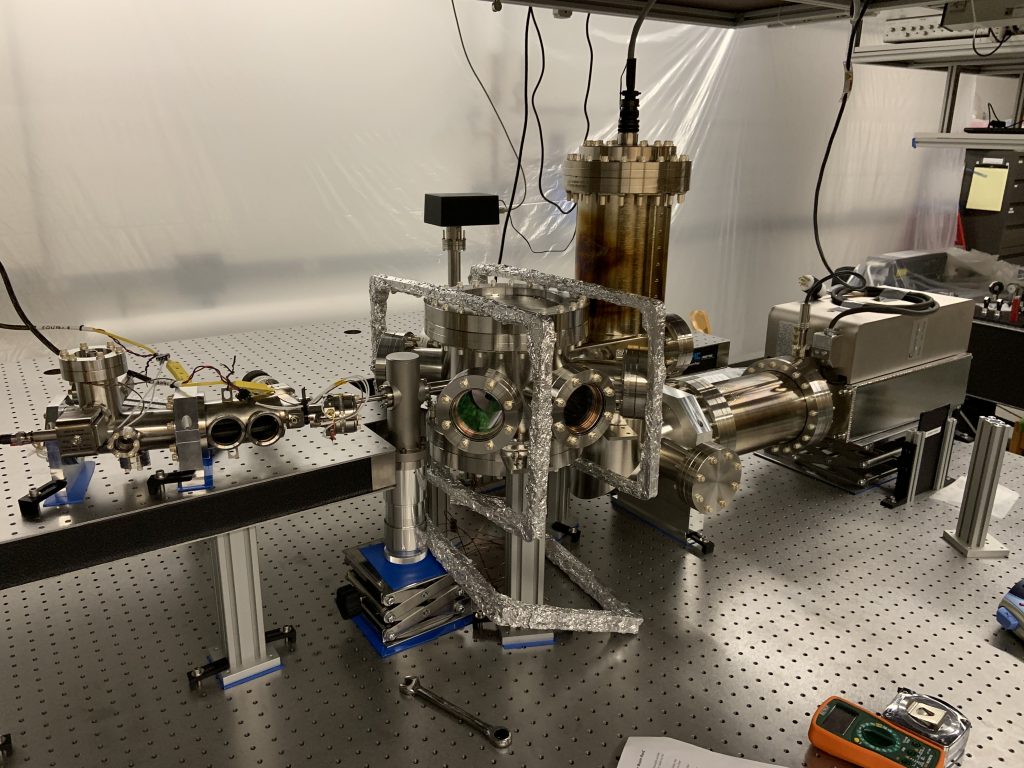
The next step will be to install the magnetic field coils for the magneto-optical-trap.
Kolkowitz lab awarded UW2020 research grant!
The Kolkowitz lab, along with the labs of Victor Brar (Physics), Jason Kawasaki (MS&E), and Zongfu Yu (ECE), has been awarded a WARF UW2020 research grant to study quantum emitters in 2D materials! You can read a bit more about the project here.
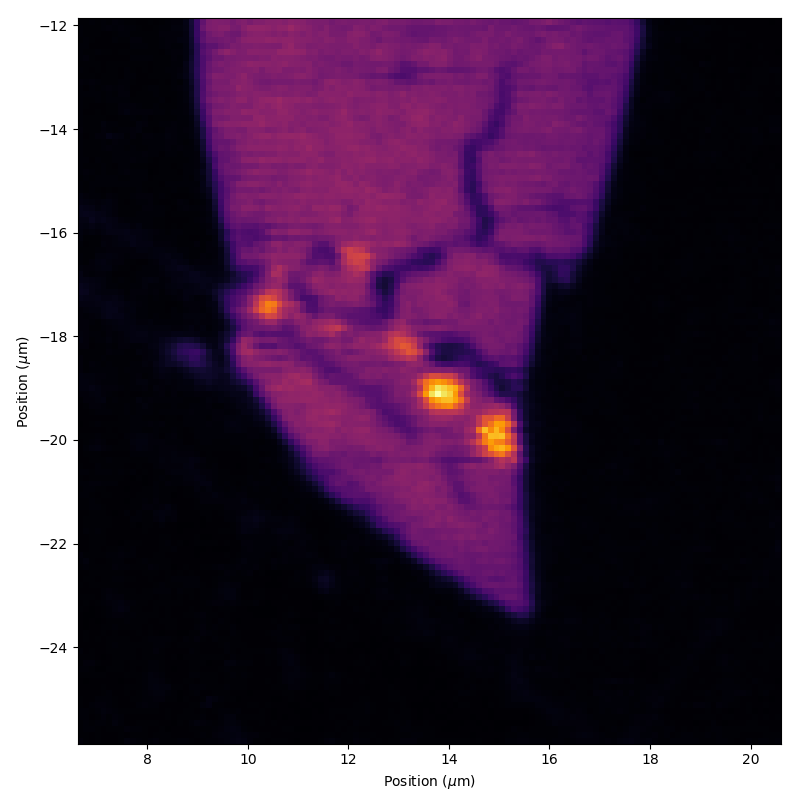
Figure: Confocal fluorescence microscopy image of defects in a monolayer transition metal dichalcogenide (MoSe2) encapsulated in protective layers of hexagonal boron-nitride (hBN).
Wangping Ren accepts PhD offer from Oxford University!
Congratulations to Kolkowitz lab undergraduate researcher Wangping, who has accepted a position in the Atomic and Laser Physics PhD program at Oxford University!
Wangping, the transition to calling them “nitrogen-vacancy colour centres” will be tough, but we know you can handle it. Best of luck!
Our AOSense strontium source has arrived!
Our AOSense strontium source, with integrated oven, Zeeman slower, and 2D MOT, arrived yesterday! (After a few months of delays…)
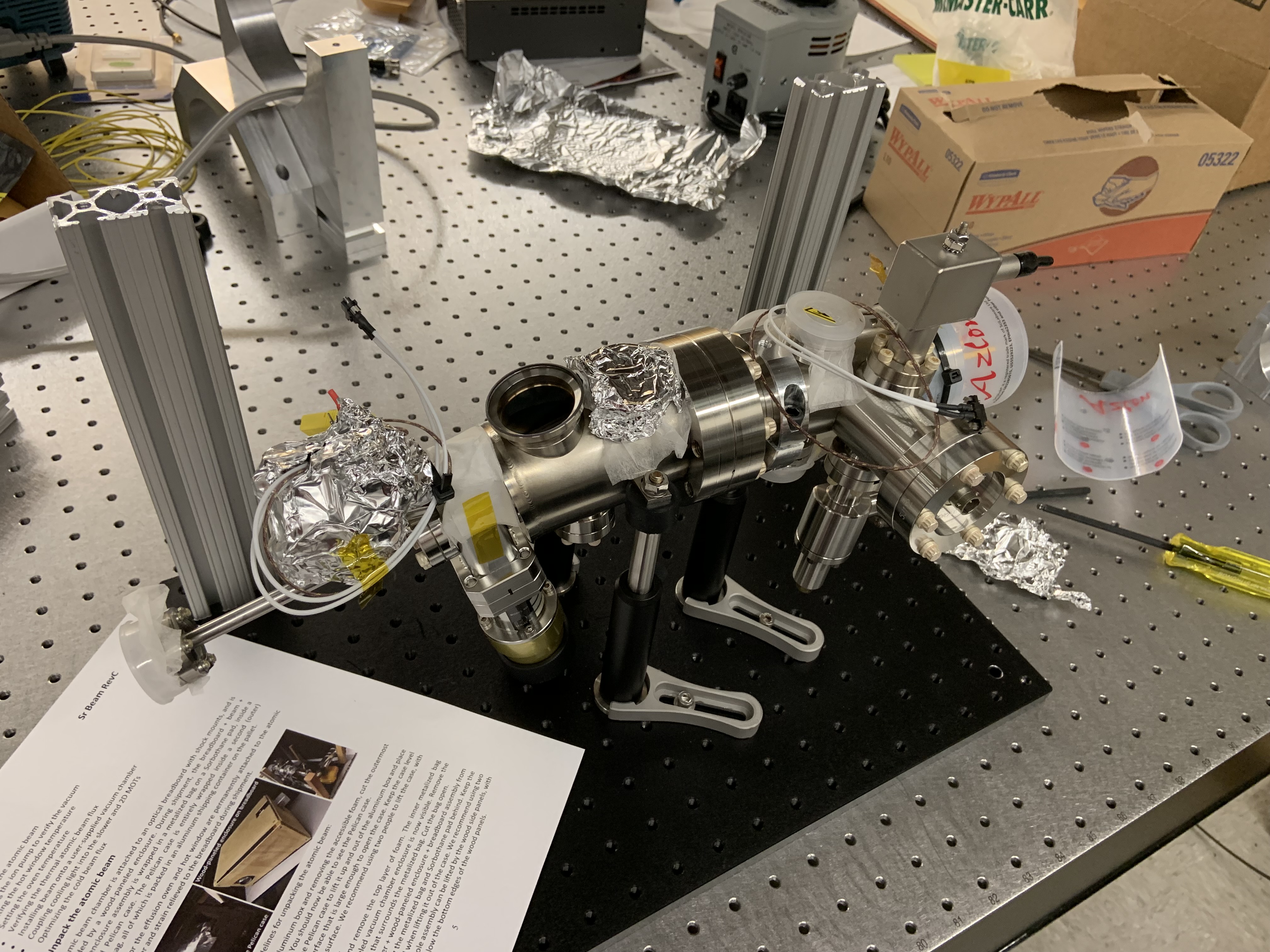
We’ll test the 461 nm absorption of the atom beam in the coming days.
We already have our AR coated viewports, so once our vacuum pumps and the chamber itself arrives next month, we will be ready to pump down and bake out our chamber! Our cooling lasers are locked up and ready to go, so we should have strontium trapped in a MOT not long after that…
Sam Li awarded Welton Sophomore Honors Summer Apprenticeship
Congrats to UW-Madison undergradaute Sam Li, who has been awarded a Welton Sophomore Honors Summer Apprenticeship to work with us in the Kolkowitz Lab this summer! Sam will be working with grad students Aedan and Matt on implementing spin-to-charge conversion in the NV center confocal microscope.